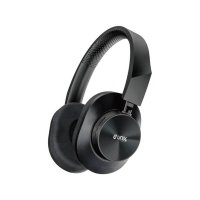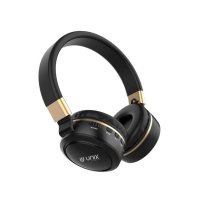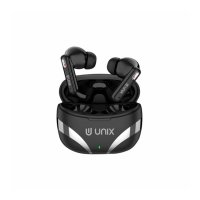What to Do If Your Headphones Stop Working After a Rainy Day
Rainy days can be relaxing, but they might also spell trouble for your headphones if they’re exposed to water or moisture. Whether you were caught in a downpour or forgot to keep your headphones dry, water damage can cause them to malfunction. The good news? All hope is not lost! This blog will guide you through the steps to rescue your headphones after a rainy day and help you prevent future mishaps.
Immediate Steps to Take
Turn Them Off Immediately
If your headphones are still on, turn them off right away. Leaving them powered on while wet can cause short circuits, leading to irreversible damage.Disconnect from Devices
If your headphones are wired, unplug them from your phone, laptop, or any other device. For wireless headphones, disable Bluetooth to avoid further issues.Dry the Exterior
Use a soft, absorbent cloth to wipe down the exterior of your headphones, including the ear pads, headband, and cables. Be thorough but gentle to avoid damaging the surface.Remove Batteries (If Applicable)
If your headphones have removable batteries, take them out immediately to prevent corrosion or electrical damage.Shake Out Excess Water
Gently shake your headphones to remove any water trapped inside. Be careful not to shake them too forcefully, as this might damage internal components.
Drying Out Your Headphones
Air Dry
Place your headphones in a dry, ventilated area. Avoid direct sunlight, as excessive heat can damage the materials or distort the shape of the headphones.Use a Desiccant
Place your headphones in a sealed bag or container with silica gel packets. Silica gel effectively absorbs moisture and can speed up the drying process.Try the Rice Method (With Caution)
If you don’t have silica gel, you can use uncooked rice as an alternative. Place your headphones in a bowl of rice and ensure they’re fully covered. Leave them for 24–48 hours. However, be cautious, as rice grains or dust might get into the headphone ports.Avoid Heat Sources
Do not use hair dryers, ovens, or microwaves to dry your headphones. High heat can damage sensitive components and make the problem worse.
Testing Your Headphones
Inspect for Visible Damage
Before turning them on, check for any visible signs of water droplets or corrosion. If you notice moisture, continue drying.Reconnect and Test
Once you’re confident the headphones are completely dry, reconnect them to a device or turn them on. Test the sound quality and functionality.Check All Features
For wireless headphones, ensure that Bluetooth connectivity, touch controls, or noise-canceling features are working properly.
When to Seek Professional Help
If your headphones still aren’t working after drying and testing them, it might be time to consult a professional. Many manufacturers offer repair services for water-damaged headphones. Check your warranty to see if it covers such incidents.
Preventing Water Damage in the Future
Invest in Water-Resistant Headphones
Look for headphones with an IPX rating, which indicates their resistance to water and sweat.Use Protective Covers
Use waterproof or water-resistant cases to store your headphones when you’re outdoors or traveling.Avoid Using Headphones in the Rain
Even if your headphones are water-resistant, prolonged exposure to rain can still cause damage.Store Properly After Use
After exposure to moisture, store your headphones in a dry place with silica gel packets to prevent long-term damage.
Conclusion
While water damage to your headphones can be frustrating, acting quickly and following the right steps can make a big difference. By turning them off, drying them thoroughly, and testing their functionality, you can often save your headphones from permanent damage.
Rainy days don’t have to mean the end of your favorite tunes—stay prepared, and your headphones will stay safe!



